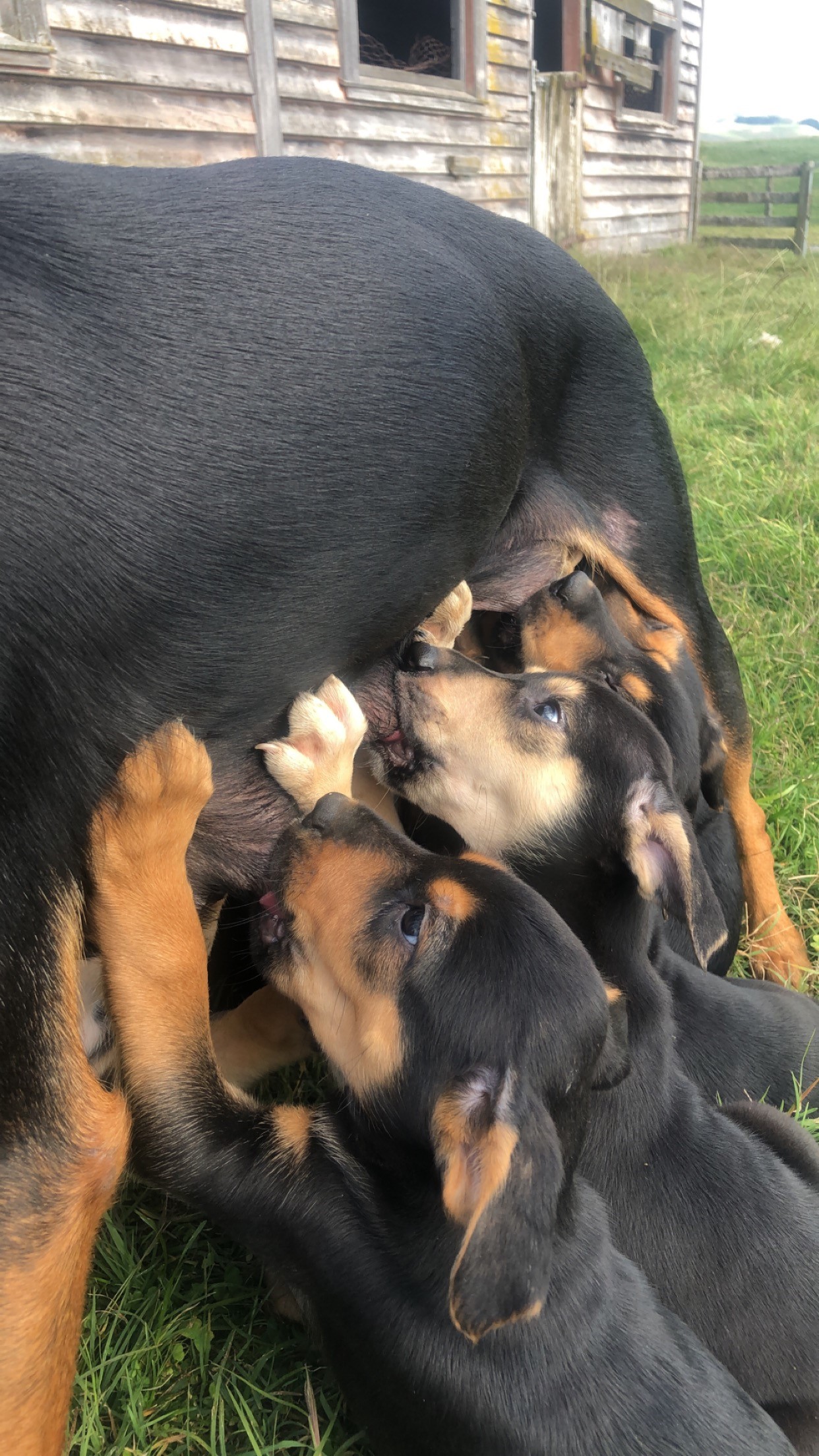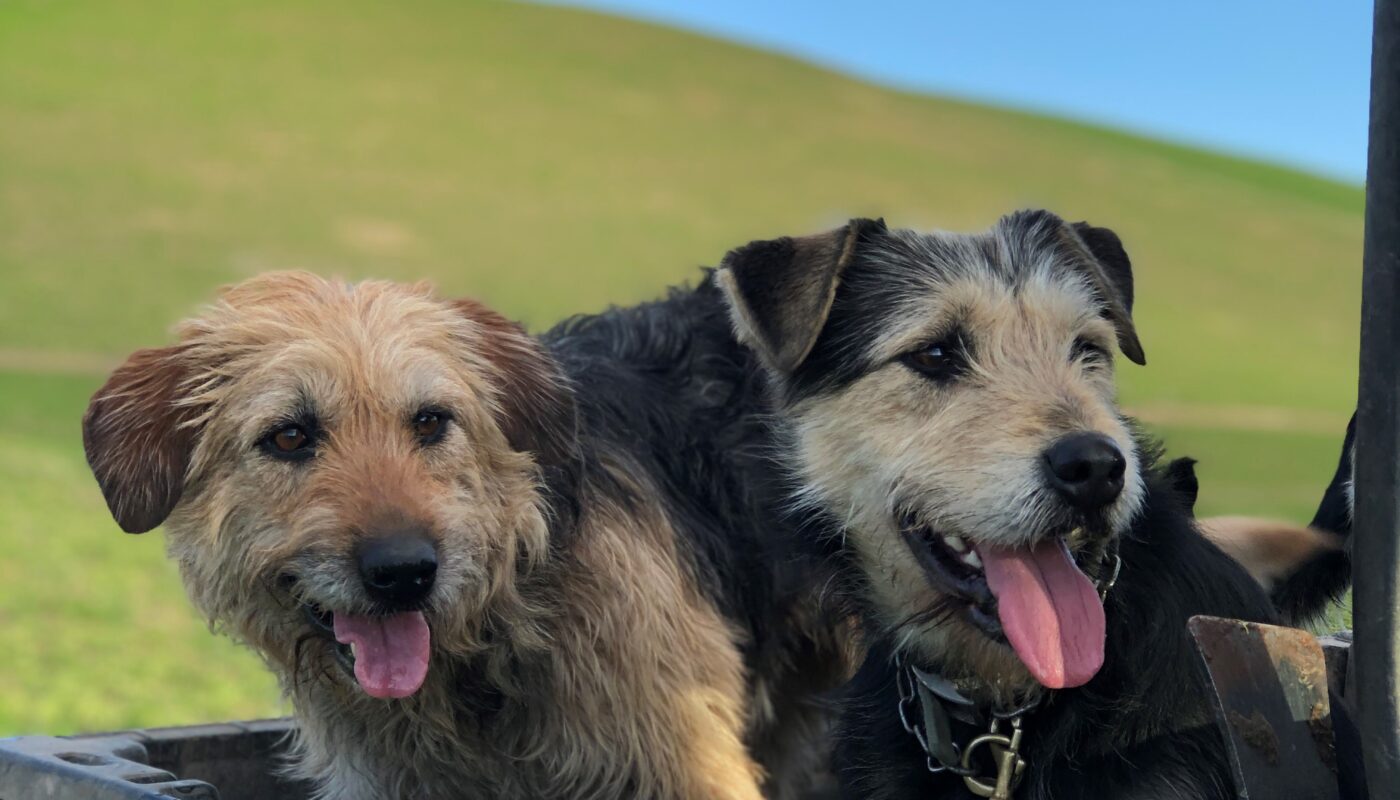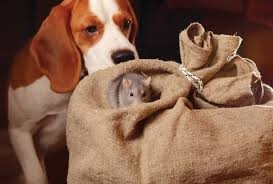Parvovirus
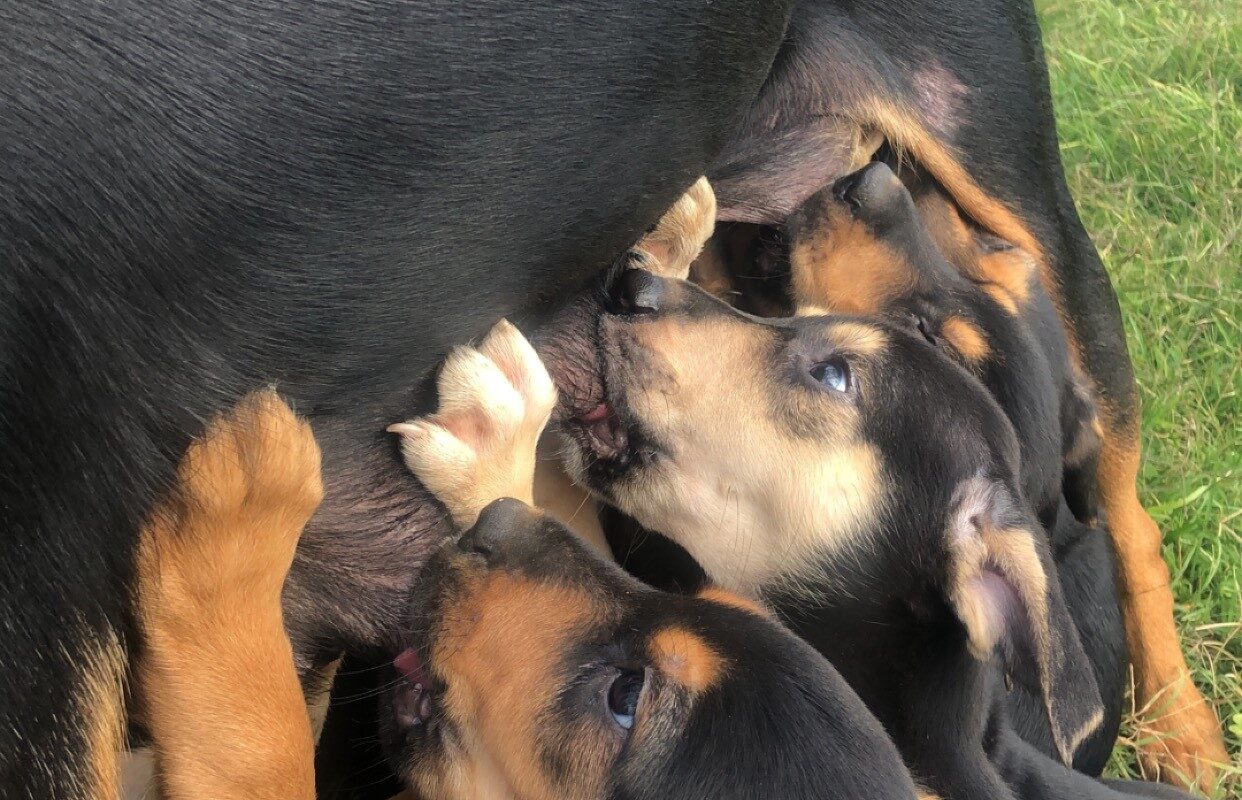
What is it?
Parvovirus (canine parvovirus type 2) is an extremely contagious and often fatal disease in dogs. Parvovirus causes damage to any cells that are dividing and so will mostly target the gut lining and the immune system of the dog as these cells have the highest rate of turnover. Puppies are affected worse as they are growing and therefore have more cell division occurring than in an adult dog.
The virus is spread from contaminated faeces in dirt accidentally being eaten when dogs clean their fur and paws, or chew toys and bones that have been on the ground. It can also be carried on fur and clothes from place to place. The virus can survive in the environment for up a year with the right conditions.
Symptoms to look out for:
- Diarrhoea
- Vomiting
- Lethargic
- Dehydration
It takes 10 days from the time of infection to illness, with illness lasting at least 5 days. A recent outbreak in Taihape had a mortality rate of over 50% in pups up to 6 months old with all affected pups being very ill with vomiting and diarrhoea. Older dogs with parvo will become sick and diarrhoea is the most common sign however most older animals will recover.
Prevention
Vaccination is the best prevention. Ideally dogs should be done as pups from 6 weeks old until at least 10 weeks, then as a one year old and again as adults every 2 – 3 years. Vaccination takes at least 5 days to start to become effective so it is important to have this done prior to getting a new puppy if you live in a parvovirus hot spot. This vaccination is required if your dog is to go into a boarding kennel.
Does your dog show any of these signs?
If your pet is showing any if the symptoms mentioned above please phone the clinic immediately to arrange for a vet to see your dog. Please phone ahead and do not take your dog out of your vehicle on arrival, we will need to perform a test in before transferring your dog inside for treatment. This disease is highly contagious and so we need to do everything we can to minimise the risk to other animals in our care.
